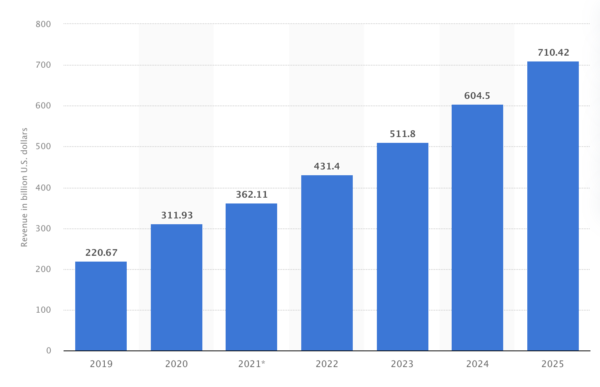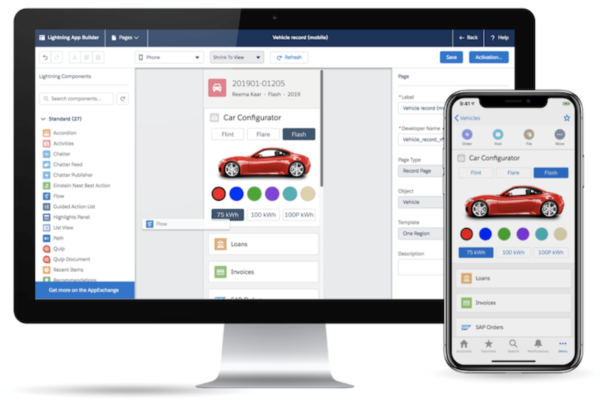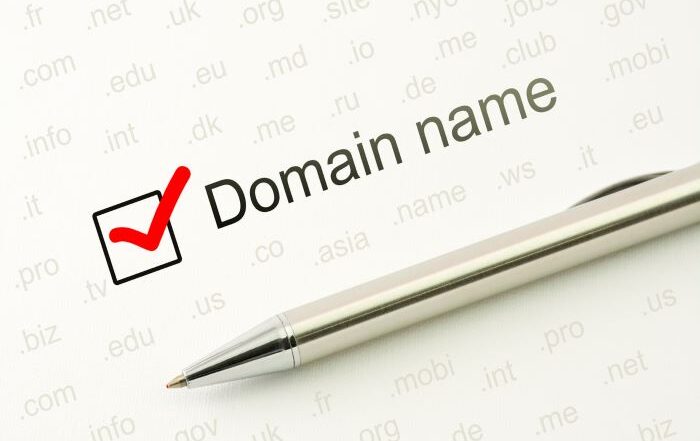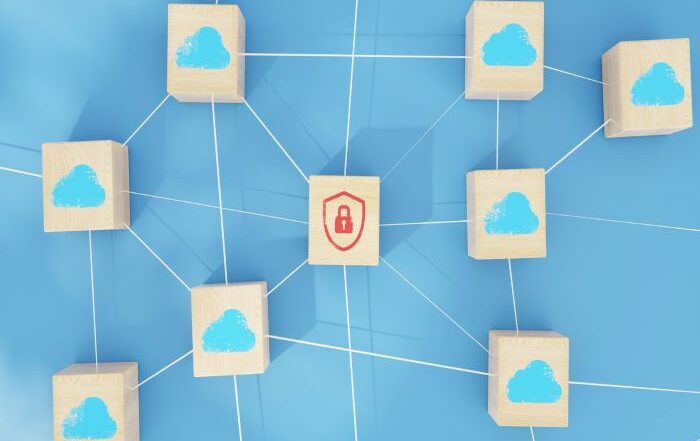How to Develop an SFDC Strategy That Works for You
With a global market share of 19.5% – nearly four times the closest competitor – Salesforce.com (SFDC) dominates the customer relationship management (CRM) software market. Delivering an average 37% revenue increase in well-configured implementations, Salesforce’s position in the CRM market should come as no surprise.
Nevertheless, the scope of the platform – containing multiple cloud services for the full spectrum of business operations – can make it difficult to settle on the right SFDC strategy for your business needs. In this guide, you’ll learn about some of the core components any Salesforce strategy should contain and how to apply them in your business.
What Is SFDC?
SFDC is a cloud-based SaaS platform offering users a comprehensive selection of CRM services. Using a multi-tenant service architecture, Salesforce delivers clients only the resources they need in a fully scalable format. There are six dedicated Salesforce clouds:
- Sales Cloud
- Marketing Cloud
- Service Cloud
- Experience Cloud
- Commerce Cloud
- Analytics Cloud
Other niche service types Salesforce offers include application development, internet of things (IoT), and manufacturing.
4 Essential Components of a Successful SFDC Strategy
Businesses of all kinds – from garage startups to Fortune 500 – use Salesforce to improve their performance. While individual business needs will vary widely, there are a handful of priorities that you should try to set in any SFDC strategy.
1. Prioritize Creating Outstanding Customer Experiences
Regardless of your industry or whether you sell products or services, consistently providing outstanding customer experiences across all touchpoints has become essential to success and generating customer loyalty. In today’s increasingly digital marketplace, customers have more options and leverage than ever, leaving them with little patience when businesses fail to meet their expectations.
In the omnichannel marketing environment, customers interact with a business on average eight times before making a purchase. For both potential and existing loyal customers, two or three disappointing experiences suffice to drive away 80% in search of other brands. An equally large majority – 86% – will knowingly pay more for brands that deliver superior customer experiences. Through Marketing Cloud features and customer data analysis, Salesforce excels at meeting the challenges of high customer experience expectations.
Marketing Cloud contains a suite of features designed to elicit and strengthen customer engagement. You can develop your overall Salesforce strategy using tools like Journey Builder to create customer journey maps – visual illustrations of the touchpoints potential customers pass through from first contact to purchase – to better understand who your customers are and how they prefer to engage with you. Tracking customer engagement in Journey Builder, you can see live data from:
- Social Media Interactions
- Ad Clicks
- Emails Opened
- Sites and Pages Visited in Browsers and by Mobile
The data you glean from these sources – as well as from existing customer data you integrate into Salesforce – allows you to create unified customer profiles that all team members can see. Over time, your Salesforce customer data will become sufficient to adopt automated personalization techniques in the content you serve customers through channels such as dynamic ads and targeted email and social media campaigns.
2. Go Mobile

Mobile e-commerce sales have exploded globally in recent years, growing from $220 billion in 2019 to $431 billion in 2022. In total, mobile devices now account for approximately three out of four dollars – 72.9% – spent on online purchasing. To ensure that you’re meeting your customers where they want to be digitally, Salesforce offers businesses tools such as Mobile Publisher to optimize mobile experiences in all your applications.

Shifting to mobile to keep pace with current trends doesn’t apply to customer experience alone. You can also take advantage of apps such as Salesforce Anywhere to send your teams real-time notifications from customers and coworkers. Additional department-specific Salesforce mobile apps are also available for IT, sales, HR, marketing, and accounting.
3. Integrate Applications
On average, companies with more than 1,000 employees now use 150+ software-as-a-service (SaaS) applications in their day-to-day operations. Over time, the data these applications accumulate becomes increasingly redundant, inconsistent, and deeply partitioned. Salesforce easily integrates with many applications you likely already use and can help streamline better data management and collaboration between teams in different departments.
Widely used applications you can integrate into Salesforce include:
- Google Cloud
- Slack
- Quickbooks
- Mail Chimp
- DocuSign
- Code Science
- DropBox
For additional custom integrations, Salesforce developers can use the MuleSoft Anypoint Platform, available on the AppExchange.
The Salesforce platform contains further integration opportunities that apply in most business contexts. You can integrate credit card processing to allow sales teams to process payments directly through Salesforce. Streamlining payment processes eliminates transferring clients between departments to conduct sales. Additionally, manufacturers of products with internet of things (IoT) technology can configure their devices to report to Salesforce to compile usage data.
4. Set Up Self-Service Portals through Salesforce
Recent trends in digital transformation have changed customer experience expectations regarding online options for self-service. In 2022, 88% of customers expect brands to offer self-service support portals to resolve issues themselves. Users can build out self-service options in Salesforce Community Cloud.
With custom configuration, Salesforce portals can handle various customer needs whenever they occur without waiting on customer service hours or availability. Common easily resolved self-service issues include password recovery and reset, logging incident reports, and basic information queries. Offering customers the option to resolve these matters quickly and independently delivers various benefits.
- Reduced Customer Service Overhead
- Higher Availability Uptime for Service Agents
- Increased Web Traffic
These benefits, combined with the overall increase in customer satisfaction that recent studies show self-service options deliver, make deploying them in your Salesforce implementation a reliable part of any strategy.
Leverage Technical Expertise to Find the Salesforce Strategy You Need with Rainmaker
With an average of 8+ years’ experience in the platform, Rainmaker’s team of experts specializes in delivering custom Salesforce consulting plans that deliver at the bottom line.
To schedule a free consultation and learn more, contact Rainmaker today.






